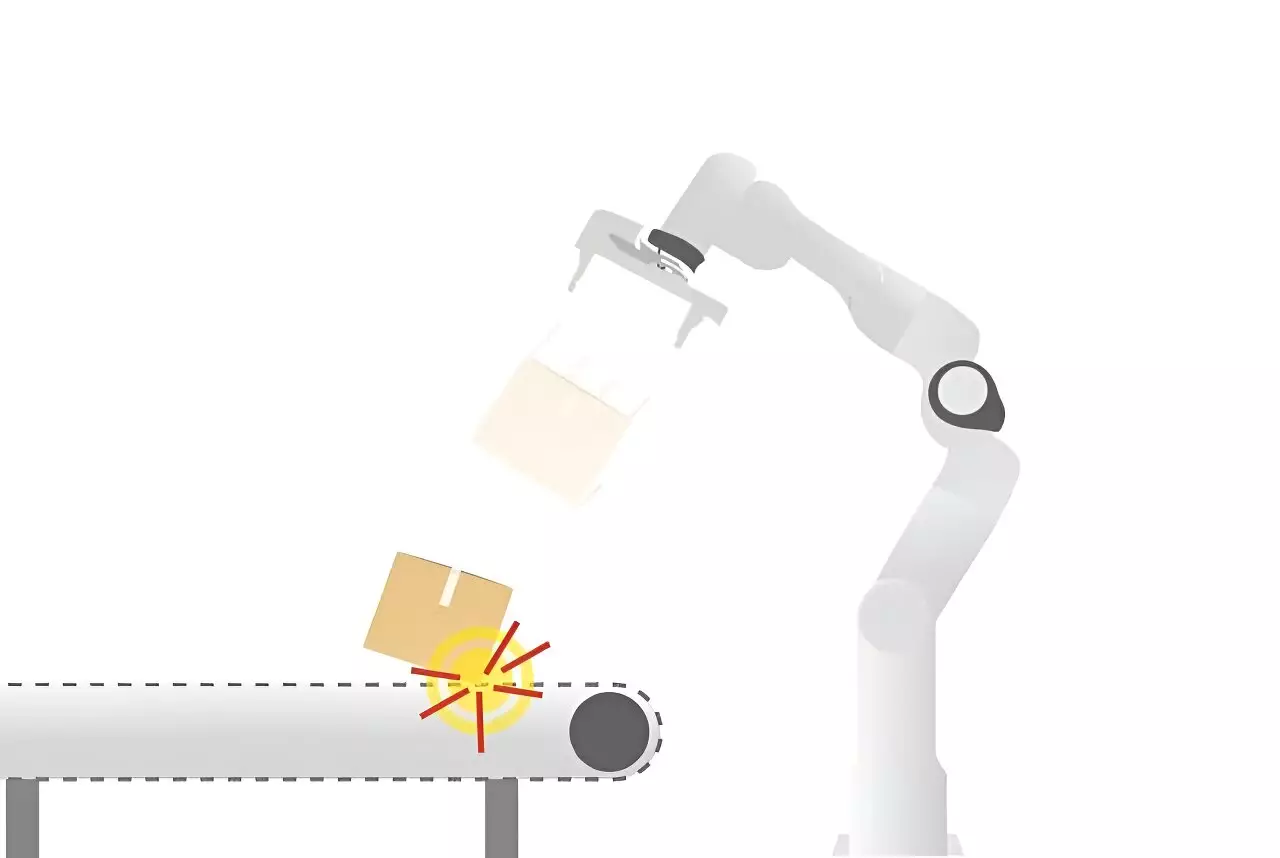In recent years, the automotive sector has increasingly integrated robots for routine tasks, pushing the boundaries of automation. However, as these automated creatures venture into new industries, such as logistics and beyond, they still grapple with significant limitations that constrain their functionality. While they efficiently execute predetermined tasks, their ability to adapt dynamically to their environments remains strikingly limited. To evolve beyond mere machinery, robots must gain a more human-like dexterity—mastering rapid physical interactions, intricate spatial awareness, and the agility to adapt to unforeseen changes. The advancements in this sphere have garnered attention from research institutions, including Eindhoven University of Technology, where Associate Professor Alessandro Saccon has initiated groundbreaking projects to enhance these robotic capabilities.
There are specific environments where employing robots is not merely advantageous but essential. Industries that involve heavy lifting, hazardous materials, or extreme environments, such as the nuclear sector and disaster response zones, can benefit significantly from robotic intervention. For instance, consider the scenario at an airport where human workers struggle with 20-kilogram luggage. In such cases, robots can provide a safer and more efficient solution. Furthermore, as space exploration efforts intensify, robots are being conceptualized to navigate the challenging terrains of different planets. These advancements hint at a promising future, but current robots often perform tasks within rigid, predictable frameworks, limiting their practicality in fast-paced and dynamic settings.
Professor Saccon’s I.AM project exemplifies an innovative approach to robotics that emphasizes “impact-aware” technology. Unlike conventional robots designed chiefly for collision avoidance, this project delves into the concept of collision exploitation. Saccon envisions robots that can not only manage unexpected contact with heavy objects but also do so efficiently and reliably. A crucial part of their research focuses on how robots can quickly engage with objects while compensating for variables such as unexpected weight or slight miscalculations in positioning. The goal is to equip robots with the ability to operate effectively within real-world conditions where unpredictability reigns.
The project utilized first-principle physics and incorporated algorithms that account for factors like mass and friction to explore the discrepancies between theoretical models and real-world performance. Through continuous simulations and measurements, researchers have cycled through developing control algorithms, evaluating their effectiveness, and refining them based on actual outcomes. This iterative method not only enhances the robots’ capabilities to grasp heavy objects swiftly but also aids in understanding the fundamental dynamics of impact.
Moreover, it exemplifies the complexity of human movements—natural actions such as reaching or lifting that we often take for granted. As the research team developed new control algorithms that respect the intricate dynamics of physical interaction, they cultivated insights into spatial awareness and real-time environmental understanding. This intrinsic complexity poses a significant challenge when seeking to replicate such abilities in machines.
Collaboration has played a pivotal role in the project’s achievements. Partnering with VanderLande, a prominent logistic automation company, has provided invaluable insights into current operational challenges faced by the industry. Their collaborative lab on the TU/e campus has turned theoretical concepts into practical applications, allowing researchers and students alike to engage in hands-on experimentation. The synergy fostered by such partnerships fuels innovation while addressing real-world bottlenecks.
Through rigorous comparisons of real and simulated experiments, the project developed advanced models, including suction grippers that enhance motion control, a vital feature for various robotic applications. The Netherlands has long been recognized for its contributions to different fields within robotics, from medical applications to mobile systems. The advancements made through this project signify a substantial step forward, particularly in impact-aware robotics, garnering international interest and recognition.
As the I.AM project comes to a close, Saccon highlights the importance of continuing exploration into areas like fast planning and perception—domains that still present considerable challenges. Building on the groundwork laid thus far, ongoing international collaborations seem poised to further enhance the capabilities of impact-aware machines. The visibility of this project is both a challenge and an opportunity, paving the way for future endeavors that promise substantial innovations in robotics.
The journey does not end here; it offers an exciting glimpse into the potential of robots equipped with advanced functionality to adapt and interact dynamically within their environments. The fusion of academic research and industry partnership fosters an ecosystem where groundbreaking ideas can flourish, leading humanity closer to a future where robots transcend conventional limitations, performing tasks with heightened efficiency and adaptability.


Leave a Reply